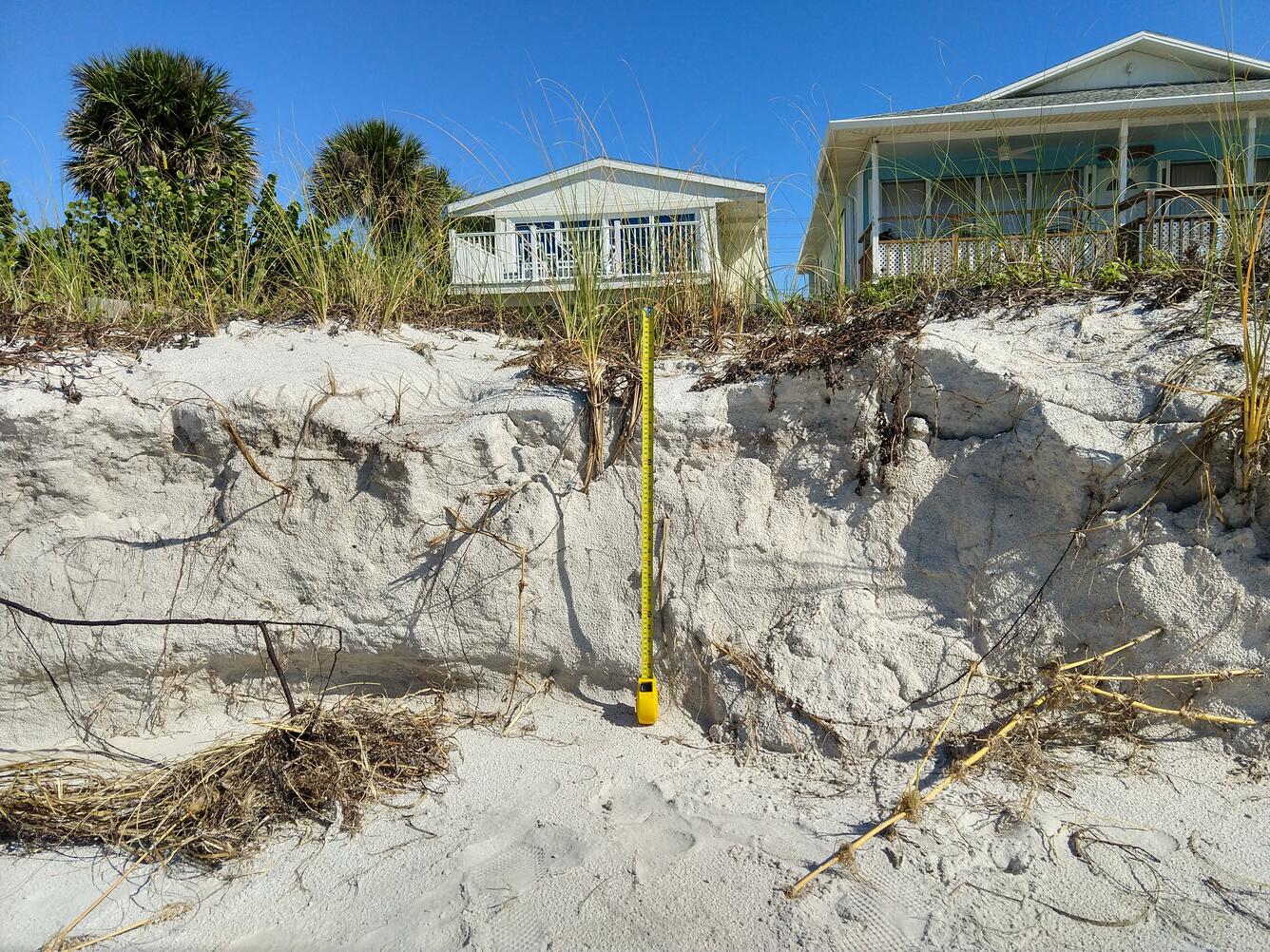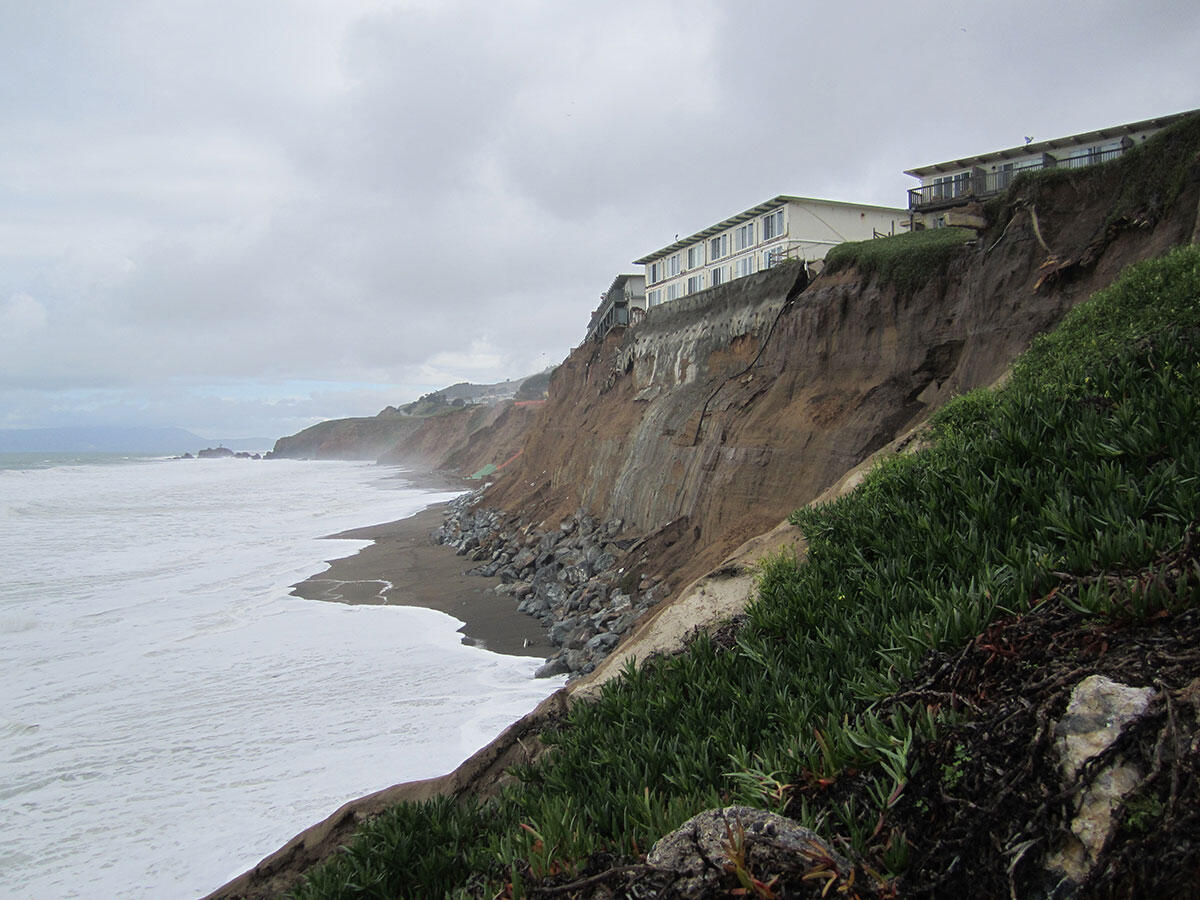Photo Roundup - Coastal Change Hazards
By Coastal and Marine Hazards and Resources Program
February 26, 2021
Multimedia documenting coastal change hazards research at the USGS

































